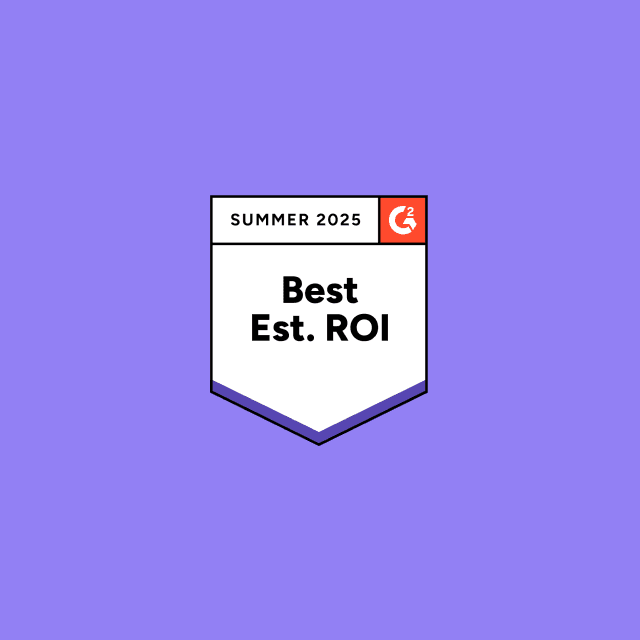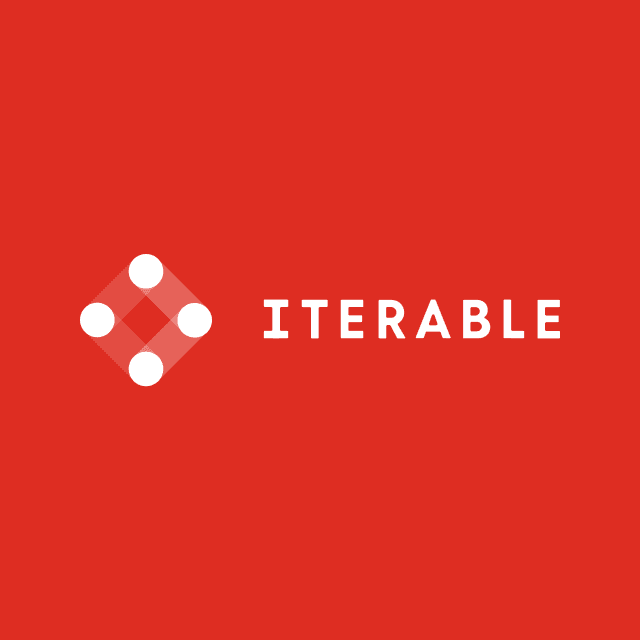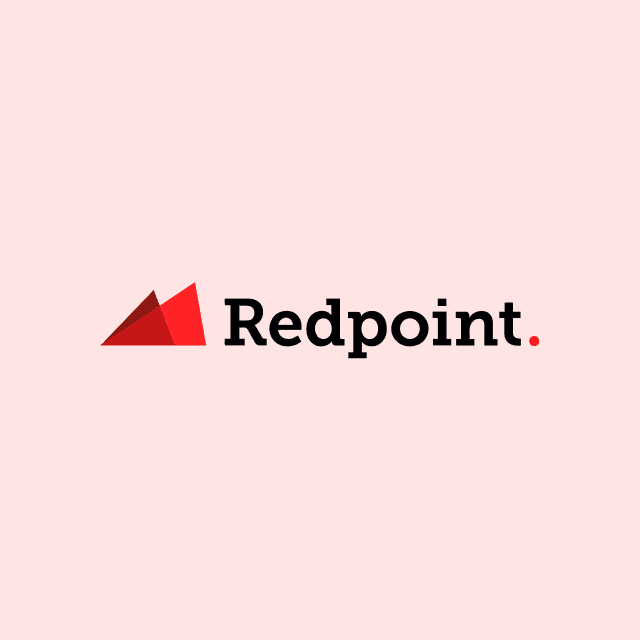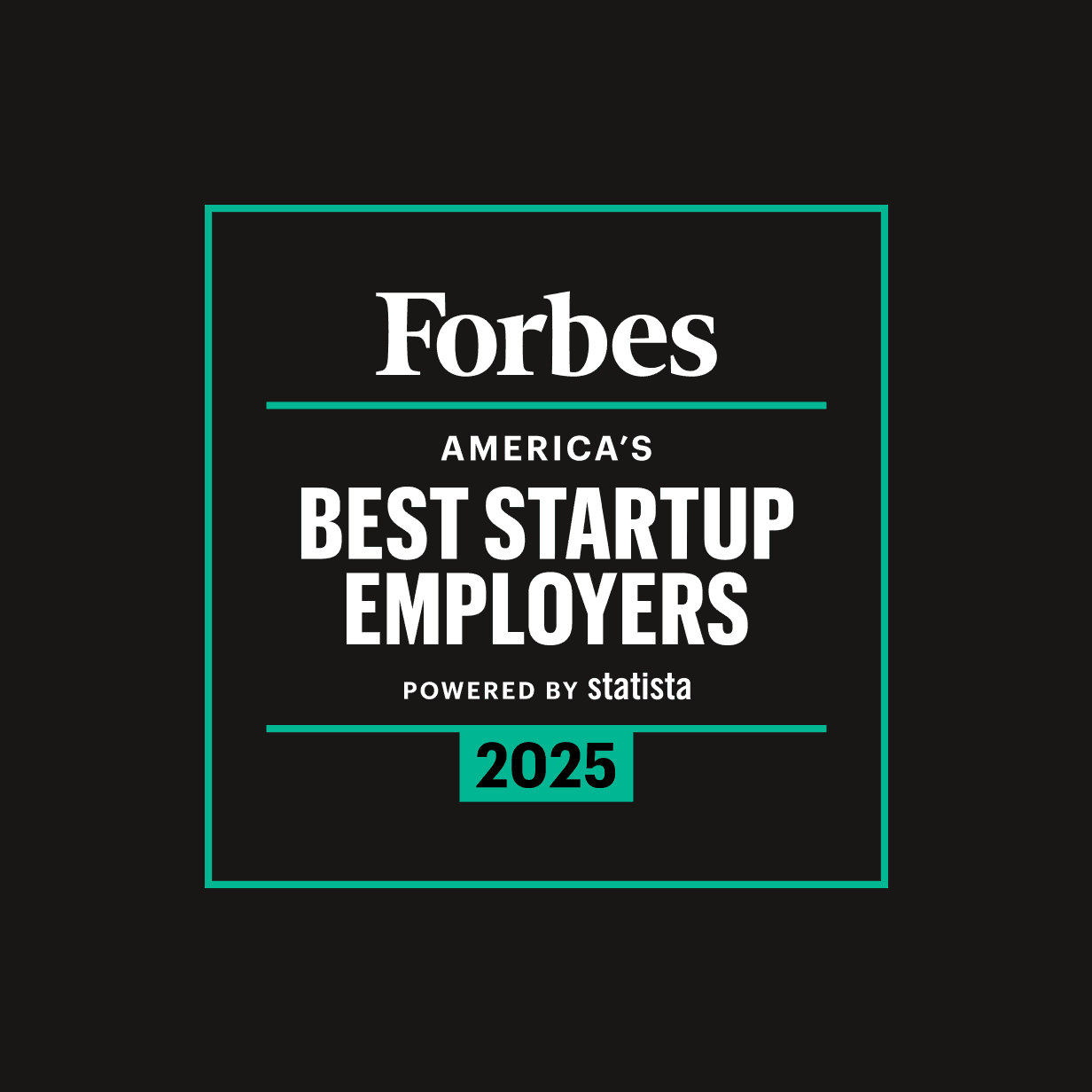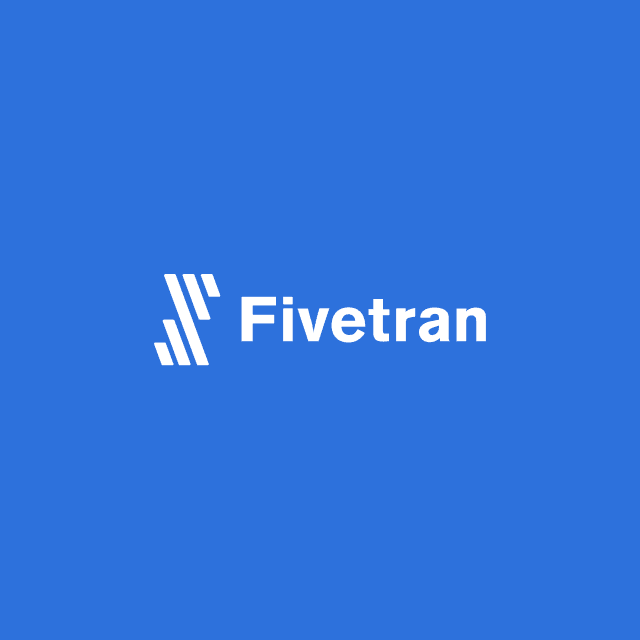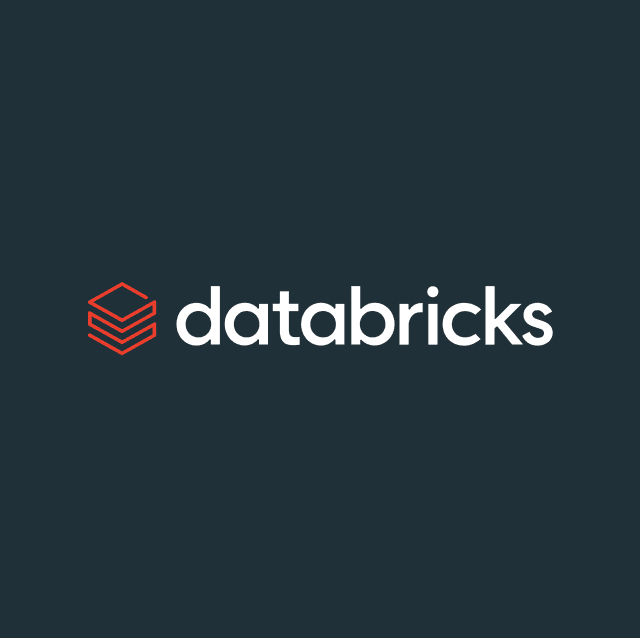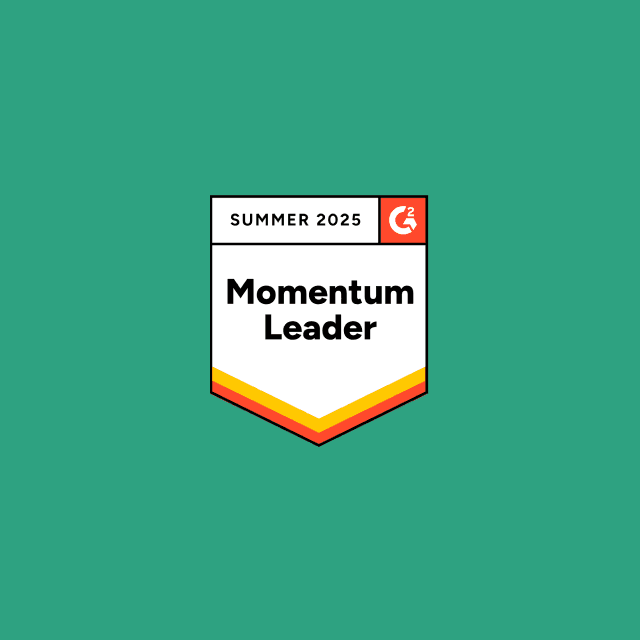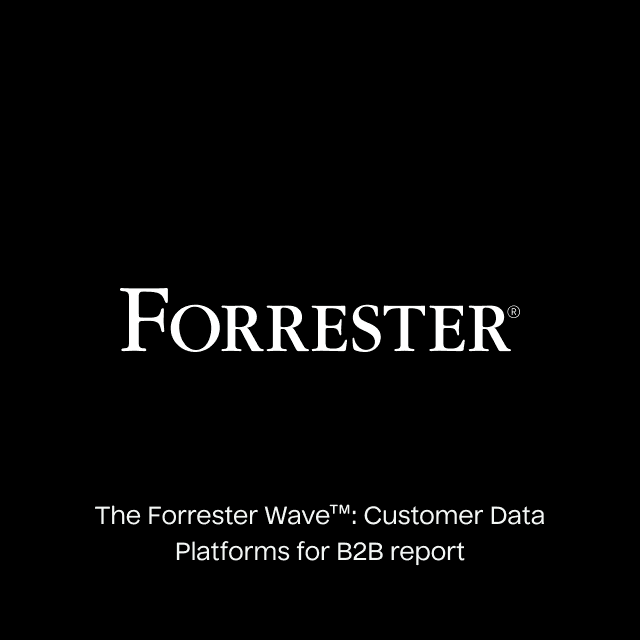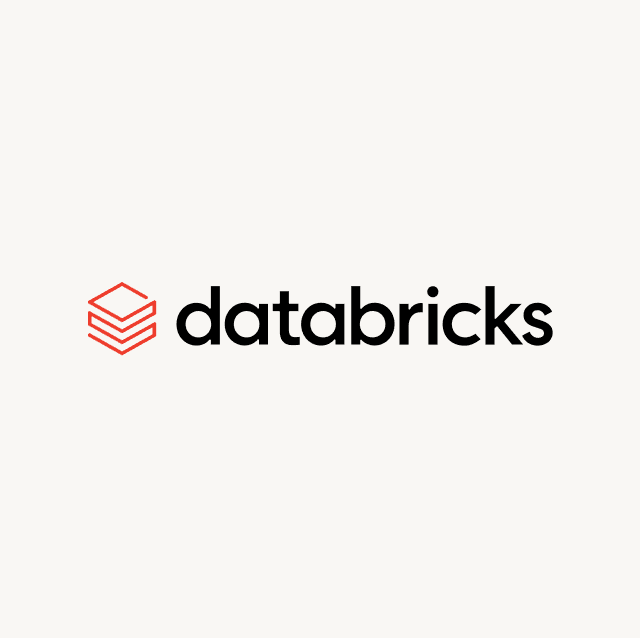It’s overwhelming to consider how many SaaS products most organizations use. Scott Brinker puts together regular reports on technology stacks; the most recent article stated that the average organization uses 275 different tools!
While using multiple SaaS products is common these days and doesn’t typically cause issues, knowing where to build audiences and journeys can be confusing. Many SaaS products offer similar functionality when building customer/user audiences or journeys, and sometimes, it’s challenging to know which tool to use in each situation.
In this blog, I’ll discuss the factors to consider when building audiences and customer journeys and make the case for centralizing these decisions upstream of most of your SaaS tools.
Audience and journey building 101
Before understanding the nuances of navigating disparate tools, let’s define audience and journey building.
Many SaaS products allow you to store information about users (prospects, customers, partners, etc.). The information stored typically includes the name, email, address, phone number, and digital events they completed (lead form submission, email sent, cart addition, etc.). Whenever a SaaS product allows you to store user information, SaaS product users inevitably want to create groups of these users (often known as audiences). For example, in Google Analytics or Amplitude, you can create an audience of users who added products to the shopping cart but did not purchase them (cart abandoners). Most SaaS products provide filters/operators to help users narrow down who they want in the audience. For example, here is a sample cart abandonment audience in Amplitude:
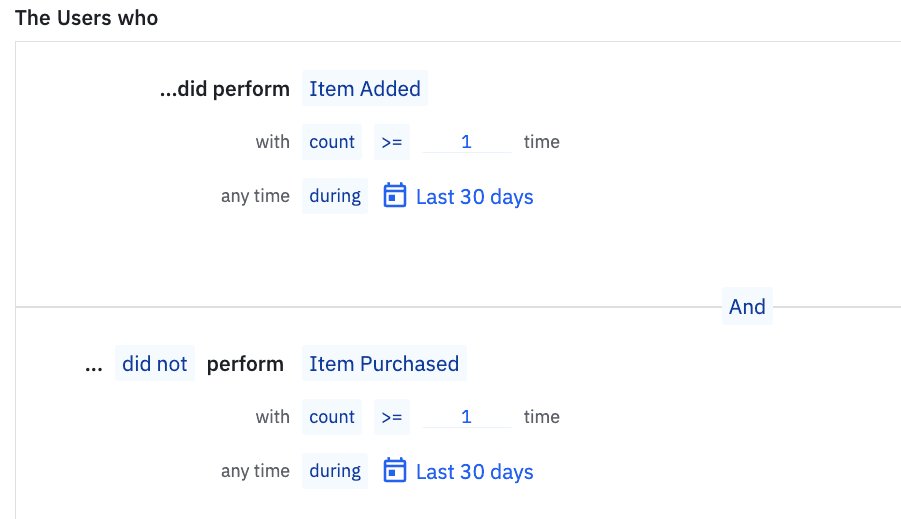
Source: Amplitude Analytics
Typically, SaaS product users create audiences for one or more of the following reasons:
- Send the audience to another SaaS product, such as an email provider or an advertising network
- Show the audience a different experience via experimentation, personalization, or feature flagging
- Compare different audiences for analysis purposes
Journey builders work from the same data inputs, but don’t just segment users. Instead, they prescribe a sequence of actions for user audiences. Journey builders can usually create different “branches” of customer experiences based on user behaviors, such as sending a second email to users who don’t click the first one.
Journey builders are especially prevalent in marketing tools like email service providers (ESPs) because they allow marketers to plan the messages customers should receive over time (and complemented by AI Decisioning). A classic use case for journey builders is onboarding: send customers messages based on their initial behaviors as they interact with your brand.
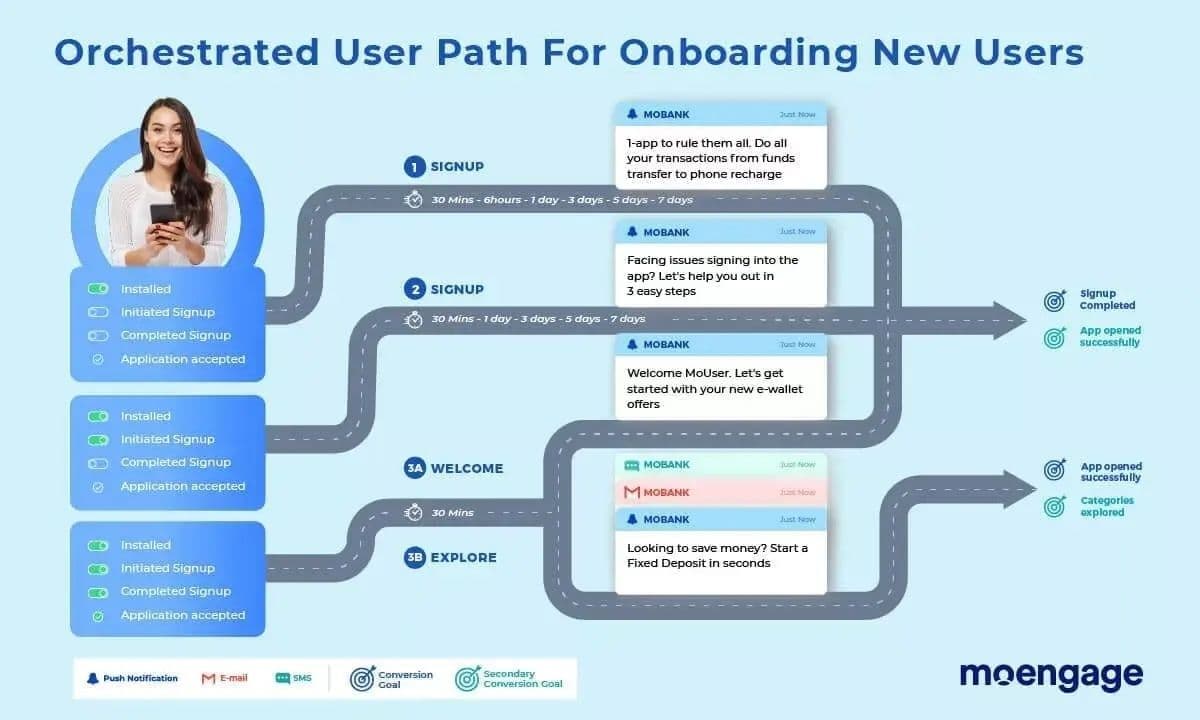
Source: https://www.moengage.com/learn/customer-onboarding-strategies/
Understanding “upstream” vs “downstream” audience and journey building
Given the proliferation of audience and journey-building tools across different technologies, how should we consider which tools to use for these use cases? I’d argue that there are fundamentally two different categories of solution:
- “Downstream” tools build audiences and journeys directly where they are used. They are individual SaaS point solutions (like an email platform). These audiences and journeys only have access to data within that specific tool, and influence how that particular tool operates.
- “Upstream” tools build audiences and journeys from a central location, sending audience membership and journey triggers into multiple downstream point solutions. Customer Data Platforms (CDPs) are a classic example of an “upstream” tool.
If the audience or journey you need can be built using data from a SaaS point solution, you can build it downstream (in the point solution) or upstream (in the CDP). However, if the audience or journey requires data from multiple SaaS solutions or must influence numerous channels, you must build it upstream.
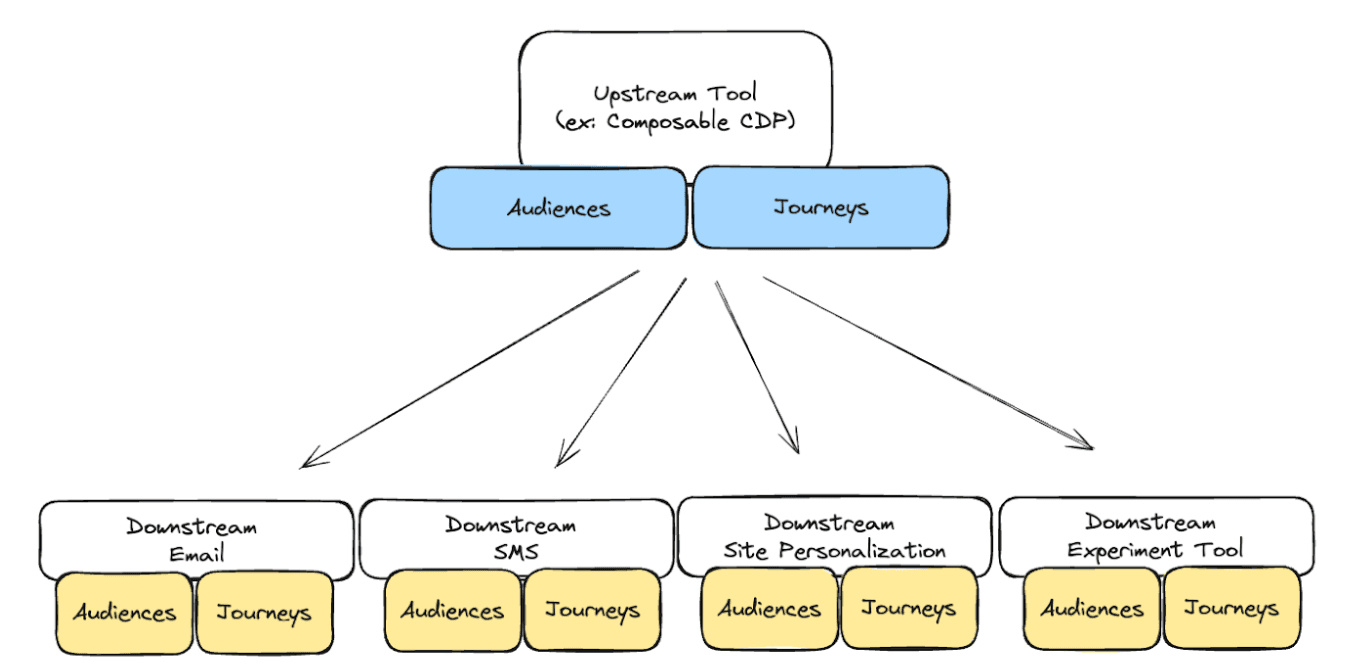
There are times when downstream audience and journey building are preferable. For example, you may have users who only have access to one specific downstream solution and want to operate quickly within that solution. Or, a point solution has particular functionality you wish to use. In those cases, your audience building may be just fine the way it is, but if you find that you're struggling with more complex data or multi-channel journeys, you may want to take a different approach. One option is to bring more data into your e-mail or other tool, for example using something like Smart Ingest from Iterable. Another would be to consider shifting journey building upstream.
However, I believe that there are advantages of having logic for audiences and journeys live upstream, where a company’s complete data lives. As I’ve previously written, companies are building a single source of truth in their data warehouses (Snowflake, Databricks, BigQuery, etc.). This data warehouse consolidation has created a need for a way to manage all of the disparate sources of customer data, including event collection, data modeling, identity resolution, and audience/journey building. Composable CDPs (like Hightouch) have led the way in orchestrating customer data in cloud warehouses, becoming the ultimate “upstream” way to make journeys and audiences that apply across your tools.
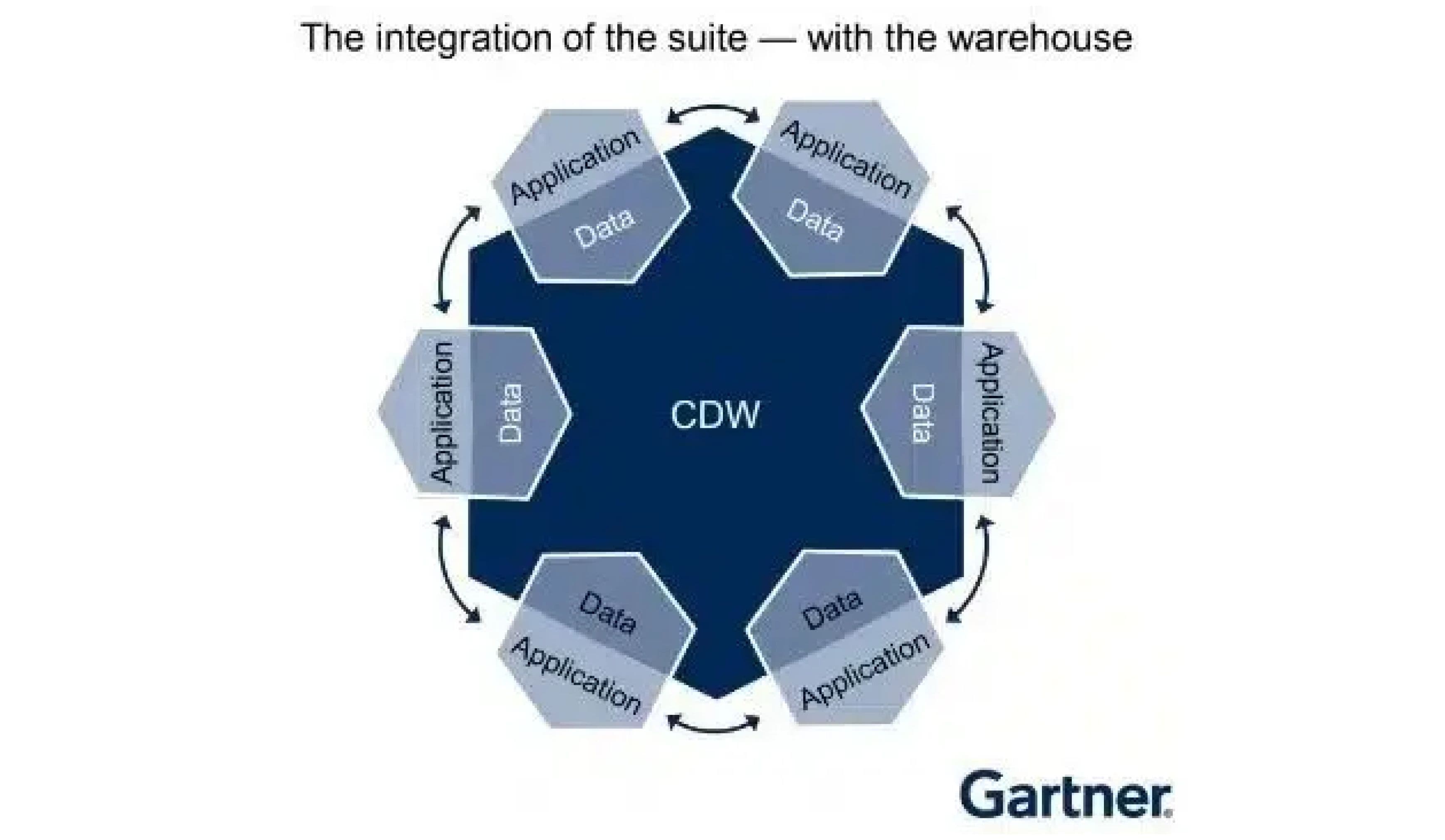
Source: Ben Bloom from Gartner shared how more organizations are centralizing their applications around data from the cloud data warehouse.
Reasons to build your audiences and journeys “upstream”
More complete customer data
Building customer audiences and journeys using a Composable CDP and the data warehouse allows you to build the most complete audiences possible. The more customer data points you can access, the more granular and complete your audiences can be, and the more data you can use to populate logic based on behavioral signals throughout your customer journeys. Notably, a CDP that isn’t based on the data warehouse won’t have all of your data (often the case with “packaged” CDPs due to the cost of storing and processing data) and can become another data silo like point SaaS solutions. More and more organizations are now using cloud data warehouses as their single source of truth and a Composable CDP for audience building and journey activation.
Build once to power all of your channels
If your organization wants to build holistic customer experiences and journeys, it must coordinate across multiple channels. For example, a marketer may build an audience to email 1,000 prospects, and when they click on the link in the email, they are brought to the website, where the same prospects are shown personalized content that matches the email content.
To accomplish this with downstream tools, you must build an audience within email and website/app personalization tools to ensure prospects see the correct content. But if you use two different SaaS products for email and personalization, you would have to build two different audiences and hope both have the same data to create identical audiences in each tool. Building matching audiences in multiple tools can be difficult and time-consuming and can become an even more complex challenge when different teams manage different channels.
But suppose you build a journey upstream in a Composable CDP. In that case, you can build the audience once and leverage it in both SaaS products in a sequence controlled by your journey, with the confidence that users will receive a consistent and coordinated experience. You can use the same customer audiences and journeys across hundreds of tools from one initial setup.
Improved audience and journey quality across channels
Building the correct user audiences and journeys requires deep knowledge of customers and the data you have about them. Unfortunately, many organizations end up with hundreds or thousands of audiences as users of various SaaS point solutions build audiences within each tool. Many of these audiences are duplicative and built incorrectly by those who may not know enough about the customer dataset to build audiences correctly. Poor audience hygiene leads to poor customer experiences (for example, receiving a reminder to purchase a product you have already purchased).
Leading organizations are building the most critical customer audiences and journeys upstream in Composable CDPs, where experts can validate and update them. Centralizing audiences builds confidence from end-users that they are using the correct audiences. Centralization also enables more reuse of the same audience instead of duplication. If an audience or journey is updated or improved, it can be done once and benefit all places where it is being used.
Flexibility that matches your organization
Most organizations have complex data relationships beyond just users and the events they perform. For example, a consumer pet company may have customers, and those customers have pets, and those pets have products associated with them, etc. Cloud data warehouses and Composable CDPs excel at modeling these complex data relationships. However, downstream SaaS products often don’t go into the same level of depth and sometimes limit data schemas to the basics of users and events.
As a result, building highly granular audiences or journeys with advanced logic in downstream SaaS products can be difficult. Using the pet example above, imagine you want an email audience of all pet owners who have purchased product X, but want to exclude them if they have a different pet that has purchased product Y. Building this audience without having a multi-tiered data schema could be impossible. However, since Composable CDPs sit on top of the cloud data warehouse and inherit complex schemas, their audience builder can adapt to any level of complexity and granularity.
Improve your understanding of your customers
Marketers build audiences and journeys for specific reasons. They have goals and KPIs they need to hit. Unfortunately, holistically measuring audience and journey performance is challenging when you build audiences downstream, because those tools only have a subset of data, and often miss things like in-store purchases.
But if you build audiences and journeys upstream in a Composable CDP, you can run analytics using any warehouse data. All conversion data you care about is ready to analyze alongside your audiences and user flows. You can run holdout tests to prove the incrementality of your work. Even better, you can use the analytics tools as you build your campaigns, like the insights tab below, which helps users understand their audience makeup as they create it.
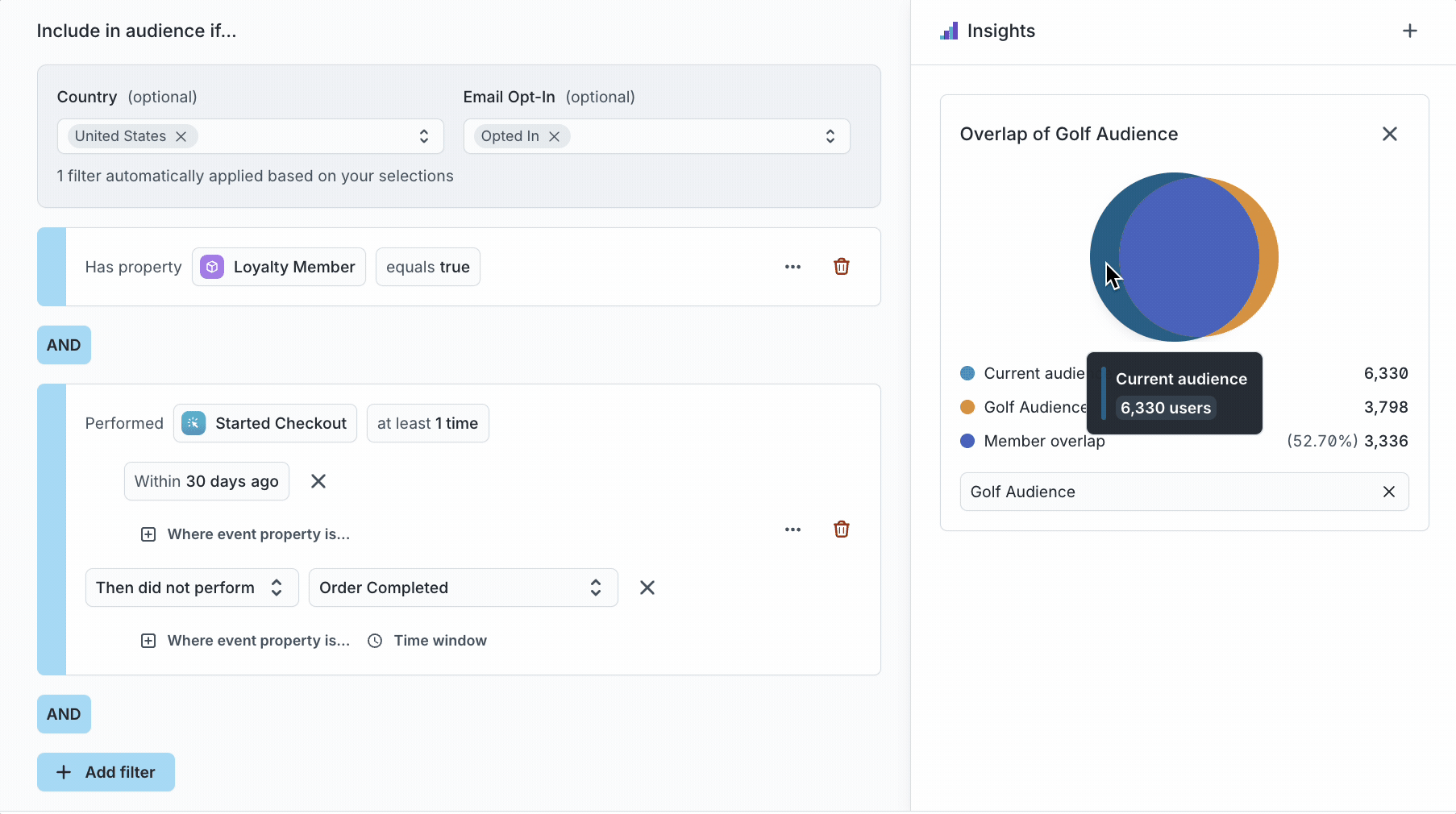
Final thoughts
Since many SaaS products can build audiences and journeys, knowing which tool you should use in each scenario can sometimes be confusing. If you need a simple audience using data from one downstream SaaS product, you can build the audience downstream or upstream. When you need an audience or journey that leverages customer data from multiple SaaS products, it’s often better to build that upstream in a Composable CDP.
Hopefully, this provides some context and food for thought as you consider audience and journey building holistically across your tech stack.





